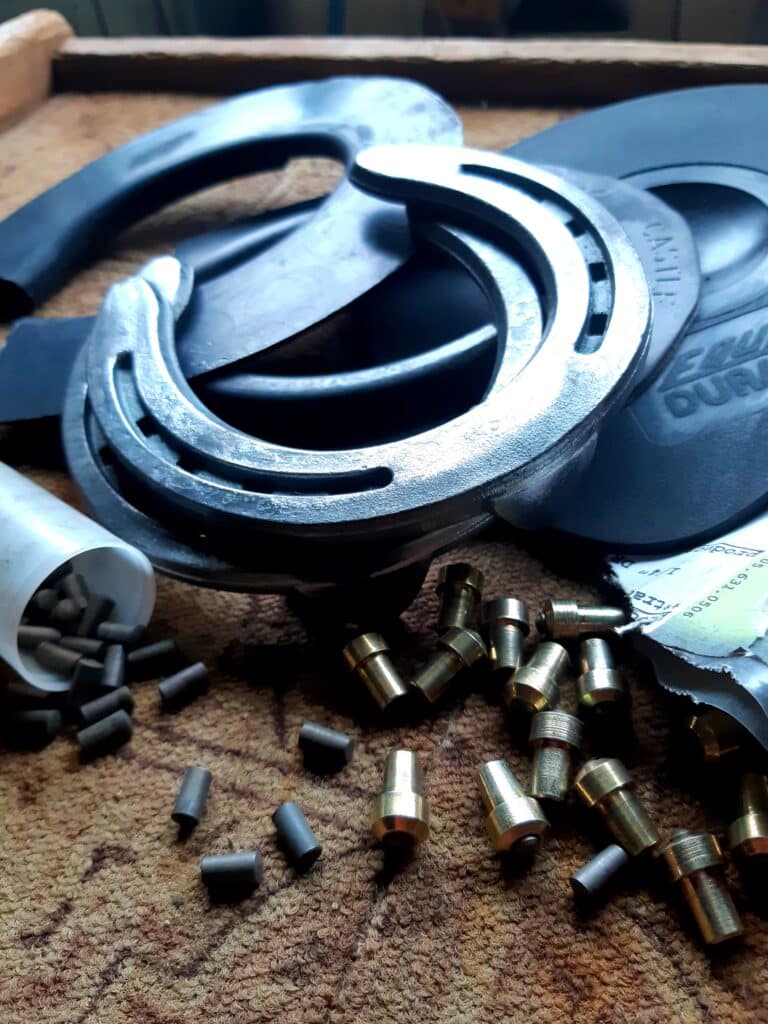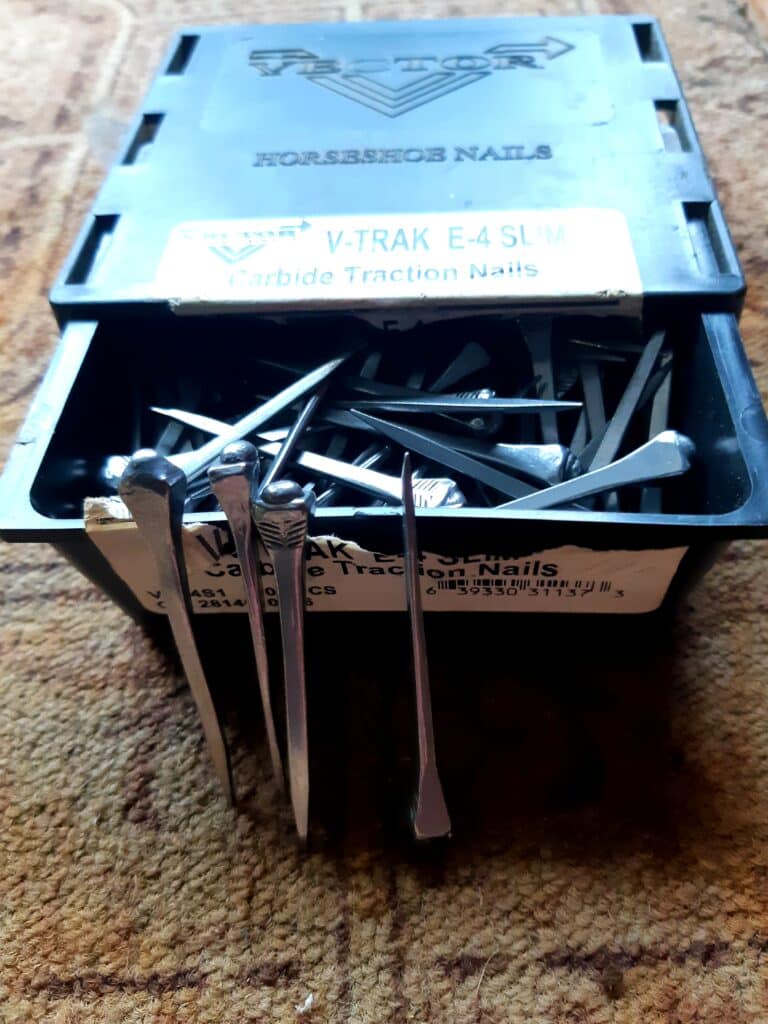
Introduction
As winter approaches, horse owners face unique challenges in maintaining hoof health. Snow and ice can significantly affect a horse’s hooves, leading to discomfort, imbalance, and even injury. Understanding and implementing effective winter hoof care practices are crucial for the well-being of your horses during these colder months.
Preventing Snowballing in Hooves
Snowballing is a common issue where snow accumulates and compresses into ice in the hoof’s sole. This can cause discomfort and imbalance, making it difficult for horses to walk and potentially leading to strains or injuries. To prevent this, consider using bubble pads or rim pads when shoeing, which are specially designed to prevent snow accumulation in the hoof. Regularly checking and removing any snow build-up is also essential to ensure your horse’s comfort and safety when going barefoot.
Ensuring Traction on Ice
In icy conditions, providing your horse with adequate traction is crucial to prevent slipping. Caulks, also known as “corks,” are small, metal protrusions attached to the bottom of the shoe in the heel area, offering increased grip on ice. Pins can also be added to shoes at the toe for additional traction. These modifications should be done by a professional farrier to ensure they are appropriate for your horse’s hoof and the specific winter conditions. Borium tipped nails are another option your farrier may consider.

Regular Hoof Cleaning and Inspection
Winter conditions can hide problems such as cracks, punctures, or thrush in your horse’s hooves. Increase the frequency of hoof cleaning and inspections to prevent these issues. Pay special attention to the frog, as it is particularly prone to infections in wet conditions. Also, be vigilant for signs of damage or injury that could be worsened by frozen ground.
Adjusting Hoof Care Routines
Despite slower hoof growth in winter, regular trims are still essential. A balanced trimming schedule, typically every 6-8 weeks, helps prevent many issues. Discuss with your farrier the best care routine for your horse, which may include applying hoof conditioners to maintain proper moisture levels.
Providing a Dry Shelter
A dry, sheltered area is crucial in winter to protect horses from prolonged exposure to wet conditions. Ensure that the shelter is free from ice and snow, and regularly change wet bedding to prevent hoof problems. Additional bedding or matting can provide insulation from the cold ground.
Conclusion
Effective winter hoof care is crucial for keeping your horse healthy and comfortable. By understanding the unique challenges of snow and ice and implementing these care strategies, you can ensure your horse’s hooves remain in good condition throughout the winter. Regular consultation with your farrier and veterinarian is essential for tailored advice and treatment.

Leave a Reply